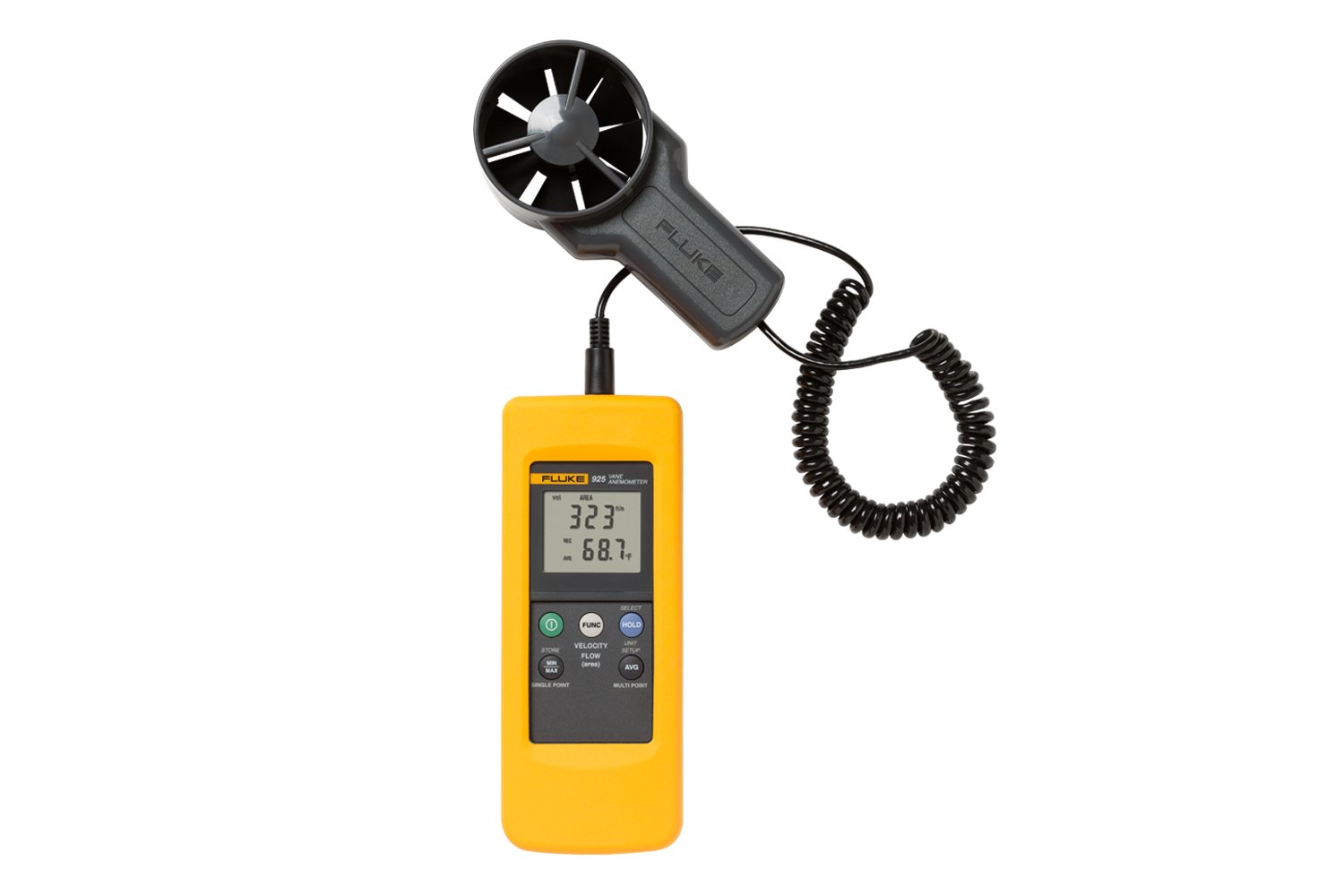Why an Anemometer is Necessary for Your Environmental Information Collection
Discovering the Functions and Benefits of Anemometers for Weather Condition Lovers and Experts
Anemometers stand as critical devices in the realm of weather monitoring, satisfying both enthusiasts and skilled specialists alike. These tools use a home window right into the dynamic world of wind patterns and speeds, giving invaluable information for atmospheric analysis and projecting. From mug anemometers to sonic anemometers, each kind brings its distinct set of applications and benefits, clarifying various facets of weather. As we explore the features and advantages of anemometers, a deeper understanding emerges not just of prevailing weather sensations however also of the more comprehensive effects for markets like wind energy manufacturing and environmental research.
Relevance of Anemometers in Weather Condition Monitoring
Anemometers play a critical role in weather condition tracking by giving exact dimensions of wind rate, assisting in forecasting and understanding weather patterns. These instruments, ranging from standard mug anemometers to modern ultrasonic anemometers, are crucial for meteorologists, researchers, and weather enthusiasts alike.

Kinds Of Anemometers and Their Applications
The most usual kinds of anemometers consist of cup anemometers, vane anemometers, hot-wire anemometers, and ultrasonic anemometers. Mug anemometers consist of 3 or four mugs mounted on horizontal arms that revolve with the wind, determining its rate. Vane anemometers, on the other hand, make use of an easily revolving vane to align with the wind instructions, offering both wind speed and instructions measurements.
Mug anemometers are suitable and robust for general weather condition tracking, while vane anemometers are favored for directional measurements. Ultrasonic anemometers are non-intrusive and use high accuracy, usually used in research and specialized weather surveillance applications.
Advantages of Using Anemometers in Forecasting
In meteorology, the utilization of anemometers offers invaluable advantages for improving the accuracy of weather forecasting. Anemometers gauge wind rate and direction, giving crucial information for forecasting weather condition patterns. By integrating wind data right into projecting models, meteorologists can better recognize the motion of weather condition systems, anticipate adjustments in climatic conditions, and issue much more precise projections.
In addition, anemometers play an essential function in assessing possible weather condition hazards. Monitoring wind rates helps forecasters anticipate extreme weather condition occasions such as typhoons, tornadoes, and winter months storms with better accuracy. This very early warning system makes it possible for authorities to issue prompt notifies and execute necessary precaution, decreasing the threats to life and property.
Furthermore, anemometers assist in enhancing renewable resource manufacturing. By evaluating wind patterns, meteorologists can identify appropriate areas for wind farms and anticipate power output, adding to the reliable generation of wind power.

Anemometers in Wind Energy Manufacturing
Offered the crucial function anemometers play in supplying exact wind information for climate projecting and hazard evaluation, their relevance expands to the world of wind power manufacturing. Anemometers are important instruments in the field of wind power, where the dimension of wind rate and instructions is critical for determining the feasibility and effectiveness of wind turbine setups. By precisely determining wind speeds at varying heights, anemometers aid optimize the placement and design of wind turbines to optimize power outcome.
In wind farms, anemometers are strategically positioned to accumulate real-time wind information that is made use of to analyze the possible power manufacturing of a site. This data is crucial in click now identifying the economic viability of wind energy tasks and in forecasting energy generation to make certain grid stability. Additionally, anemometers help in checking wind problems to enhance generator efficiency, stop damage from high winds, and ensure the safety and security of employees operating in the vicinity of wind generators.
Enhancing Weather Condition Recognizing With Anemometers

Anemometers play a key role in enhancing our understanding of microclimates. These local climate condition can vary significantly from broader local projections, making it necessary to have exact data for specific areas. anemometer. By purposefully positioning anemometers in different locations, researchers can collect in-depth info on exactly how wind behaves in different terrains, city settings, or bodies of water
Additionally, anemometers add to improving climate forecasting designs by offering real-time data on wind check my source actions. This info is particularly beneficial for anticipating severe climate events, optimizing farming methods, and sustaining markets like aviation and maritime navigating. In general, anemometers are invaluable instruments that allow us to dig deeper right into the complexities of weather condition systems, ultimately bring about more better-informed choices and precise forecasts.
Final Thought
In final thought, anemometers play a crucial function in weather condition surveillance and forecasting by measuring wind rate and direction. Anemometers also have applications in wind energy production, additional highlighting their value in both meteorology and renewable power sectors.
From cup anemometers to sonic anemometers, each type brings its special collection of applications and benefits, shedding light on various facets of climatic problems. These tools, varying from traditional cup anemometers to modern ultrasonic anemometers, are important for meteorologists, researchers, and weather enthusiasts alike. The most common types of anemometers include cup anemometers, vane anemometers, hot-wire anemometers, and ultrasonic anemometers. Mug anemometers are ideal and durable for general weather tracking, while vane anemometers are preferred for directional dimensions. Anemometers are necessary instruments in the field of wind energy, where the dimension of wind speed and direction is essential for figuring out the expediency and effectiveness of wind turbine installations.